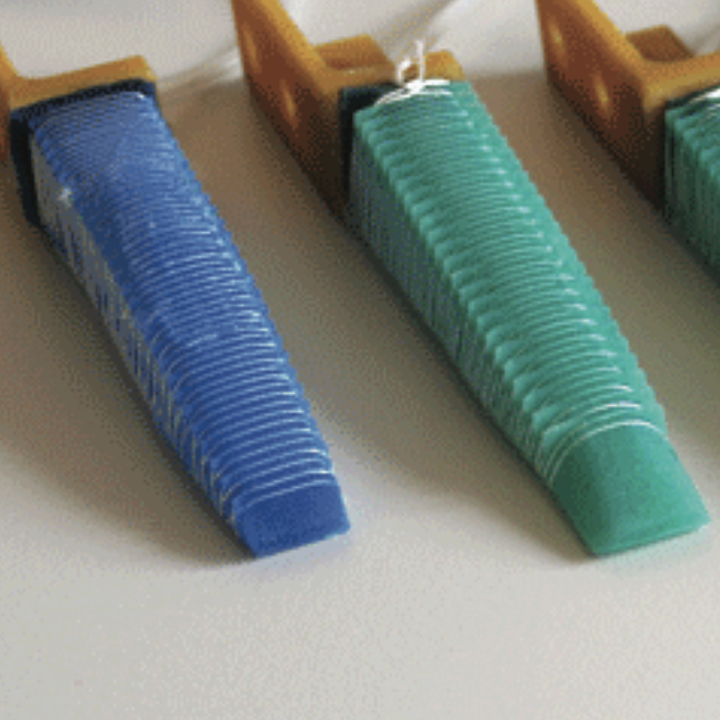Benchmarking Soft Actuators for Human-Robot Interactions

Abstract
Soft robotic actuators use compliance to passively adapt their shape to objects and the environment. The specific choices of design parameters decide the behavior of the actuator during these interactions. By analyzing human-human hand interactions we observed that the distribution of contact pressure is a relevant benchmarking metric to judge “humanness” and comfort of the interaction. In order to understand how the choice of design parameters of soft actuators influences the benchmarking results, we created a set of prototypes with different design parameters. By measuring and comparing the contact pressure distributions we can reason about which design properties are most relevant for more human-like interactions.
Type
Publication
IEEE International Conference on Robotics and Automation (ICRA), Workshop on Advanced Fabrication and Morphological Computation for Soft Robotics